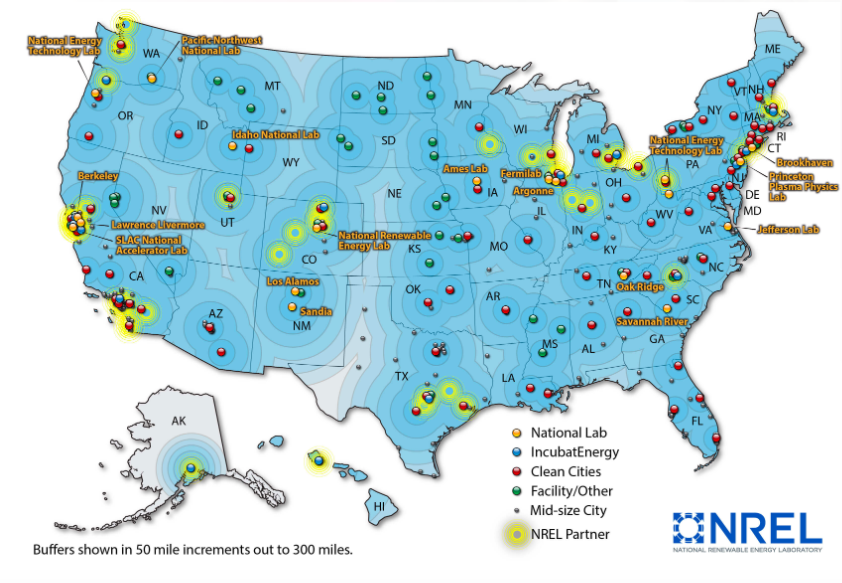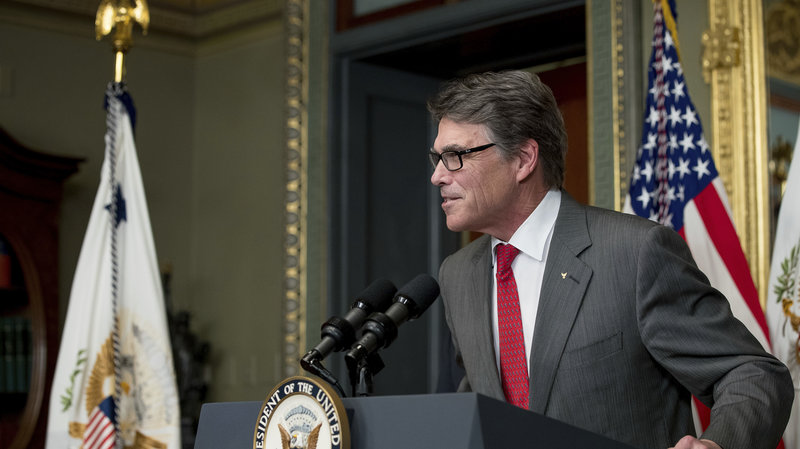3D printing’s ability to rapid iterate designs is highlighted by the US Department of Energy (DoE) in a new competition.
Via the DoE the US government is sponsoring a $3 million prize competition for inventors and entrepreneurs who can accelerate the US solar industry through rapid prototyping, 3D printing, and proof-of-concept testing.
Funded by The Solar Energy Technologies Office (SETO) of the US Department of Energy, the “American-Made Solar Prize” will grant entrants access to a development network and the DoE’s National Renewable Energy Laboratory system.

Reviving the US Solar Industry with additive manufacturing
The announcement of the competition comes a matter of days after President Trump announced a 30% tariff on imported crystalline silicon photovoltaic modules and cells, in a move against cheap foreign imports of solar technologies.
However, the competition may also be seen as part of a wider national program, driven by the likes of America Makes, to leverage advanced and smart manufacturing technologies and revive US industry. In 2017, 260,000 jobs were attributed to the solar industry, and there was a 25% increase solar power capacity.
2017 additionally saw over $400,000 of investment by the DoE and the NREL into solar R&D projects. Some of these projects, like the efficient solar power receivers manufactured by Sandia National Laboratories, were prototyped using 3D printing technologies, in this case, powder bed fusion.

The American-Made Solar Prize competition
While the competition is not yet open, competition guidelines state that entrepreneurs, technologists, software and hardware developers, incubators and accelerators, and investors are all welcome to enter and join the network.
The competition will begin by identifying innovative concepts that tackle the technical problems facing the SETO’s responsibilities, which the public may vote on.
Based on this feedback, entrant teams will then be given access to a network of solar industry experts, fabricators, developers, business incubators, and potential investors to accelerate the product development.
Teams who make it to the following will then have the opportunity to prototype their products to speed cycles of innovation. Since 3D printing enables greater geometric complexity in objects, and the rapid iteration of functional prototypes, it will be one of the key technologies used at this stage.
After passing this stage, the teams will develop strategic and business plans and be given opportunities for investment and growth, with prizes awarded to the winning ideas.
Speaking about the competition, US Secretary of Energy Rick Perry said,
“The United States possesses the talent, expertise, and vision to surpass the rest of the world in solar technologies and forge a new solar energy landscape around the globe,”
Perry continued that “the American Made Solar Prize will galvanize our country’s entrepreneurs, allow them to utilize technologies and innovations developed through DOE’s early-stage research and development, and, ultimately, bring new American-made products to market.”
Make your nominations for the 3D Printing Industry Awards 2018 now.
For more stories on3D printing and renewable energies, subscribe to our free 3D Printing Industry newsletter, follow us on Twitter, and like us on Facebook.
Featured image shows rooftop solar panels in Washington, DC. Photo via US DOE.

